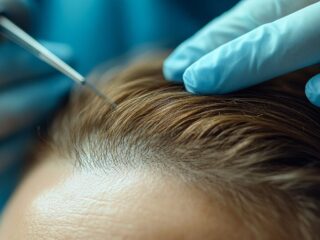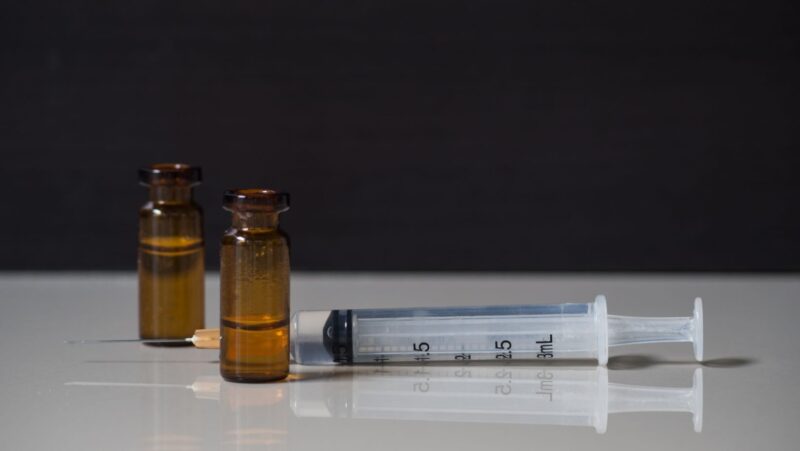
Opioid addiction is a big problem, especially for teenagers. Their brains are still growing, which makes them more likely to get addicted. This article looks at how opioids affect teen brains, why it’s important to get help early, and how treatment can make a difference. We’ll talk about what happens in the brain during addiction, what puts teens at risk, and how families can help with recovery.
Key Takeaways
- Teen brains are more likely to get addicted to opioids because they’re still developing
- Opioids can change how a teen’s brain grows and works
- Getting help early is really important to protect the brain
- The best treatment includes medical help, therapy, and support from family and friends
- Families play a big role in helping teens recover
- The brain can heal over time with the right help and effort
- Preventing opioid use in the first place is key to protecting teen brains
Understanding Opioid Addiction in Adolescents
Opioids are strong drugs that can be prescribed for pain or bought illegally. They make people feel good by attaching to special parts of the brain. For teenagers, whose brains are still growing, opioids can be really harmful. The teen brain is changing a lot, especially in areas that control decision-making and emotions. This makes teens more likely to enjoy drugs and get addicted. Teenage drug addiction can affect how the brain grows, leading to problems that last a long time.
The Neurobiology of Opioid Addiction in Teens
When opioids enter the brain, they cause a big release of a chemical called dopamine, which makes you feel good. This makes the brain want more of the drug. In teen brains, this effect is even stronger. Over time, opioid use can change the brain’s structure and how it works. This can affect:
- Decision-making and self-control
- Emotions and motivation
- Memory and learning
- How the body works, like breathing and heart rate

These changes can make it hard for teens to think clearly, control their emotions, and do well in school. Even after stopping drug use, these changes can last a long time, which is why getting help early is so important.
Risk Factors for Opioid Addiction in Teens
Some things make teens more likely to get addicted to opioids:
- Genes: If addiction runs in the family, a teen might be more likely to develop one too.
- Environment: Stress at home or school can lead to drug use as a way to cope.
- Mental health: Conditions like depression or anxiety can increase the risk of using drugs.
- Friends: Peer pressure can lead to trying drugs.
- Availability: If opioids are easy to get, teens might be more likely to try them.
- Starting young: The earlier someone starts using drugs, the more likely they are to get addicted later.
Signs and Symptoms of Opioid Addiction in Teenagers
It can be hard to tell if a teen is using opioids, but some signs to watch for include:
Physical signs:
- Small pupils
- Sleepiness
- Slurred speech
- Weight loss
- Poor hygiene
Behavior changes:
- Keeping secrets or isolating themselves
- Losing interest in things they used to enjoy
- Money problems
- Changes in sleep patterns
- Not taking care of responsibilities
Emotional signs:
- Mood swings
- Irritability
- Anxiety or paranoia
- Depression
- Lack of motivation
If you notice these signs, it’s important to get help from a doctor or counselor right away.
The Impact of Opioid Addiction on Teen Brain Development
Opioid addiction can seriously affect how a teen’s brain develops. It can change how the brain experiences pleasure, making it hard to enjoy normal activities. It can also make it harder for teens to make good decisions, control their impulses, and manage their emotions. Opioids can affect memory and learning, making it difficult to do well in school. These changes can last a long time, even after stopping drug use.
Breaking the Chain: Approaches to Opioid Addiction Treatment for Teens
Treating teen opioid addiction requires a complete approach that addresses both physical and mental health. Some important parts of treatment include:
- Early help: Finding and treating opioid use early can make a big difference.
- Medical detox: Doctors can help manage withdrawal symptoms safely.
- Medication: Some teens might need medicine to help with cravings and recovery.
- Therapy: Counseling can help teens learn new ways to cope and address underlying issues.
- Family involvement: Including family in treatment can improve outcomes.
- Treating mental health: Many teens with addiction also have mental health issues that need treatment.
- Support groups: Connecting with other teens in recovery can be helpful.
- Life skills training: Learning practical skills can help teens stay drug-free.
Opioid addiction treatment for teens should be tailored to their specific needs and situation.
The Role of Residential Treatment in Teen Opioid Recovery
Teen residential treatment can be very helpful for some teens struggling with opioid addiction. It provides a safe, drug-free environment where teens can focus on recovery. These programs often include therapy, group support, family involvement, and help with school. They also teach important life skills and help plan for continued support after treatment.
Family Involvement in Teen Opioid Addiction Treatment
Family involvement in teen addiction treatment is really important. Families can learn about addiction, improve communication, and create a supportive home environment. They can also learn how to set healthy boundaries and take care of themselves while supporting their teen’s recovery.
Neuroplasticity and Recovery: Healing the Teen Brain
The brain has an amazing ability to heal and change, called neuroplasticity. This means that with the right treatment and support, many of the effects of opioid addiction on the brain can be reversed over time. Therapies that can help heal the brain include counseling, mindfulness practices, exercise, good nutrition, and getting enough sleep. It takes time and effort, but the brain can recover and grow in healthy ways.
Prevention Strategies: Protecting Teen Brain Development
Preventing opioid use in the first place is the best way to protect teen brains. Some important prevention strategies include:
- Education about the risks of opioid use
- Teaching coping skills and stress management
- Community programs that support healthy choices
- Careful prescribing of opioids by doctors
- Early help for mental health issues
- Parent education and involvement
- Peer-led prevention programs
- Promoting healthy activities like sports and arts
Conclusion: Hope for Recovery and Healthy Brain Development
Opioid addiction is tough, but recovery is possible. With early help, good treatment, and ongoing support, teens can overcome addiction and their brains can heal. It takes time and effort, but each step towards recovery helps protect and nurture the developing teen brain. If you or someone you know is struggling with opioid addiction, don’t wait to get help. There’s hope for a healthier future.













